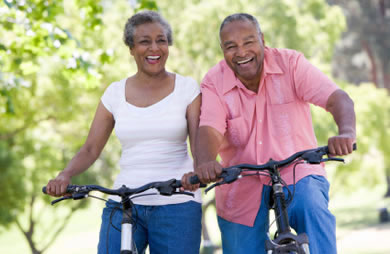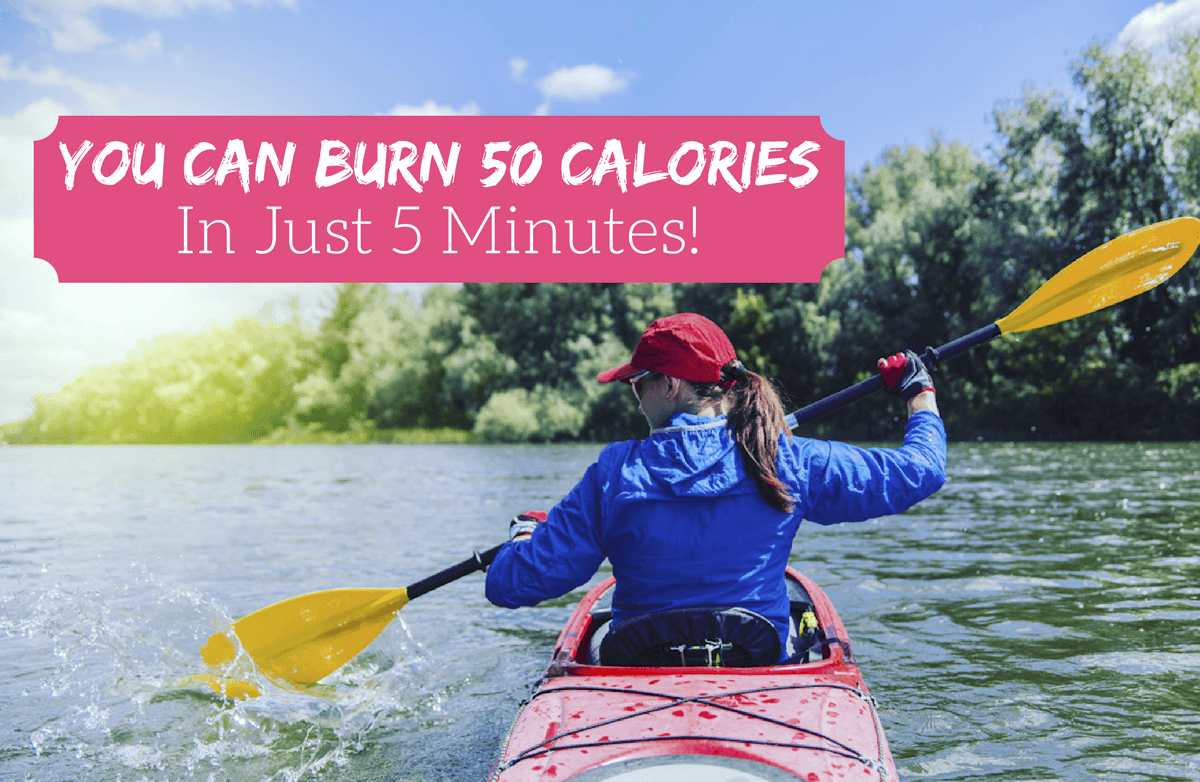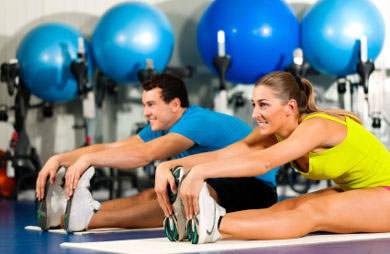|
Whether you are curvy, muscular, or slim, chances are you want to have a swimsuit-ready backside, especially in the area where the buttocks meet the upper thigh (called the gluteal fold). Strengthening this area can help lift, tighten and tone our bottoms. But despite endless repetitions and time spent on toning this area, many women aren’t getting the results they want. Why is it so difficult to strengthen and tone this key area? And what are the secrets to getting a strong and sculpted bottom? For better or worse, I have become an expert on getting toned buttocks— mainly because my own backside needs constant toning to stay lifted and firm. Many fitness experts and trainers seem to be born with airbrushed bodies. On the other hand, I tell my clients I probably had cellulite when I was in diapers! Even at my thinnest throughout my teens and 20’s my thighs were riddled with stubborn cellulite no matter how many butt toning exercises I did. And believe me; I did every single one I could find every day. It wasn’t until I started working out smarter, not harder that I finally saw the results. Now I use Pilates and (ballet) barre techniques and each year, I get a little more lifted and toned. You can’t ask for better than that, right? I love sharing these tightening and toning techniques with other women—and hearing about your results! First, let’s identify the three muscles that lie under our gluteal fold area. First is the gluteus maximus. Just as the name suggests, this is the largest of the buttock muscles and is responsible for giving our bottoms curves and shape. Next are the hamstring muscles of the back thigh. This muscle group runs from the back of our knee all the way up to our buttocks. Hamstring muscles form the “smile” of our gluteal fold area and they are powerful leg movers. Finally the external rotators form the “outer smile” of our gluteal fold. These three muscles are all involved in hip extension (bringing the leg behind the body). Every effective buttock and gluteal fold exercise involves hip extension so you will notice that in each buttock toner you are bringing the leg behind the torso. This sounds so simple, yet getting fantastic results doesn't always come easy. It requires using precise and controlled movements with proper form throughout each repetition. Plus, it helps to increase resistance by varying body position and using our own body weight make these muscles work harder. The exercises below use these techniques to truly fatigue these strong and powerful muscles. Kneeling Straight-Leg Kicks Works outer thigh and butt .jpg) Begin on all fours position with hands under shoulders and knees under hips. Keep a long straight back with abdominals pulled in and up. Bring right leg straight behind you with foot pointed and leg turned out from the hip, lifting leg as high as possible without changing your hip or back position. Begin on all fours position with hands under shoulders and knees under hips. Keep a long straight back with abdominals pulled in and up. Bring right leg straight behind you with foot pointed and leg turned out from the hip, lifting leg as high as possible without changing your hip or back position. Hold top position for 5 counts keeping glutes and abdominals contracting throughout. Release and lower knee back down to the floor to complete one rep. Complete 10 reps then switch sides. Kneeling Bent-Knee Crossover Works from inner to outer gluteal fold and entire butt 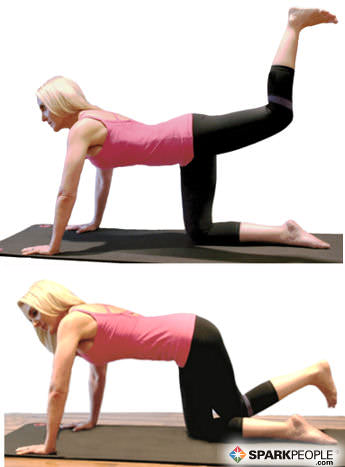 Start in an all fours position with hands under shoulders and knees under hips. Keep a long straight back with abdominals pulled in and up. Lift right thigh behind you to hip height with foot pointed, knee bent and facing the floor. Engage the inner gluteal fold and bend/lower right knee across left knee. Keep pelvis and back stable by co contracting the abdominals and glutes. Start in an all fours position with hands under shoulders and knees under hips. Keep a long straight back with abdominals pulled in and up. Lift right thigh behind you to hip height with foot pointed, knee bent and facing the floor. Engage the inner gluteal fold and bend/lower right knee across left knee. Keep pelvis and back stable by co contracting the abdominals and glutes.Tighten glutes and outer thigh to return leg to starting position to complete one rep. Complete 10 reps then switch sides. Standing Straight-Leg Lift Works gluteal fold, outer hip and outer thigh  Start standing with hands on a wall in front of you at chest height, elbows slightly bent, both feet directly under the hips, and abdominals pulled in and up. Bring right leg straight back with toes on floor and leg turned out. Contract right glutes and lift the back of the right knee as high as possible without changing your pelvic or back position. Hold top position for 5 counts, keeping glutes and abdominals contracting throughout. Release contraction and lower right leg to the floor to complete one rep. Complete 10 reps then switch sides. Standing Bent-Knee Pulse Works glutes and upper portion of back thigh 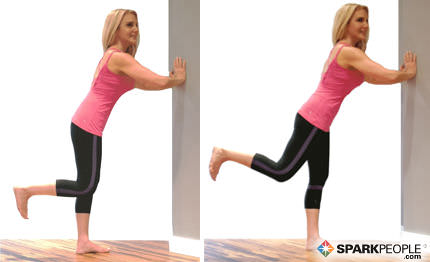 Start standing with hands on a wall in front of you at chest height, elbows slightly bent, both feet directly under the hips, and abdominals pulled in and up. Bring right thigh slightly behind left leg, knee bent and leg in parallel. Contract glutes and bring leg behind torso several inches without changing your pelvic or back position. Hold position for 5 counts keeping glutes and abdominals contracting throughout. Return right leg to starting position to complete one rep. Complete 10 reps then switch sides. 4 Guidelines to Performing These Exercises for Maximum Results Less Is More! For the average adult, the range of movement for hip extension is 0 to 15 degrees. This is a very small range of motion, so it requires small and precise movements. Your flexibility when bringing your leg behind your body is limited by the ligaments and muscles (hip flexors) in the front of your hip and also by the hip joint itself. Once you achieve your own greatest range of hip extension, you can only bring your leg further back by arching your low back or anteriorly tilting your pelvis. This can cause low back strain and tightness in the hips. Boost the Resistance The "All Fours" (quadruped) position creates more resistance for the buttocks and hamstrings than standing does. Gravity wants to push the leg towards the floor so your muscles are working against gravity to lift the leg towards the ceiling. This is just like adding resistance on a weight machine. This makes your muscles work harder which gives you better results. Feel The Burn You will know you are doing these exercises properly when you “feel the burn” by the third repetition. Using small and precise movements and maintaining a neutral pelvic position will immediately make your buttocks start working overtime. If you don’t feel the intensity, go back to the starting position and check your form. Quality wins over quantity! The pain is worth it when you have a bottom you can be proud of. Use Proper Form for Every Hip Extension
|
Related EntriesMore From SparkPeople
|







.png)


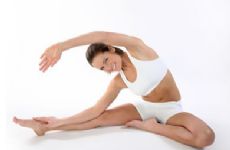
.png)






